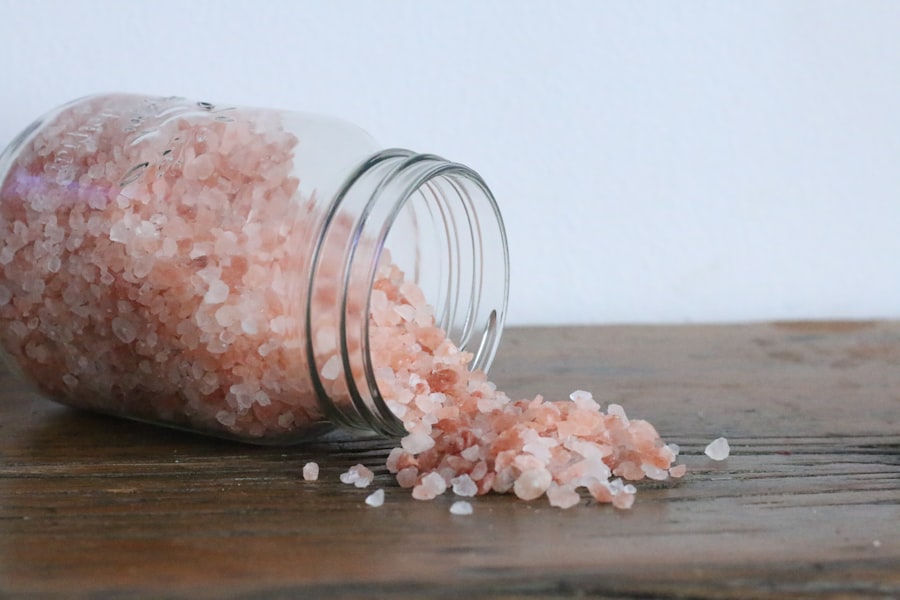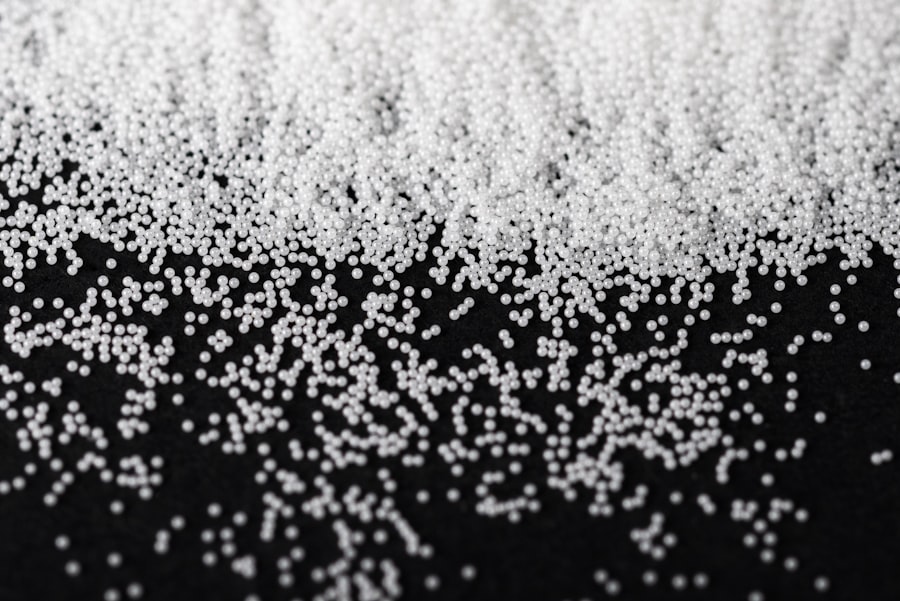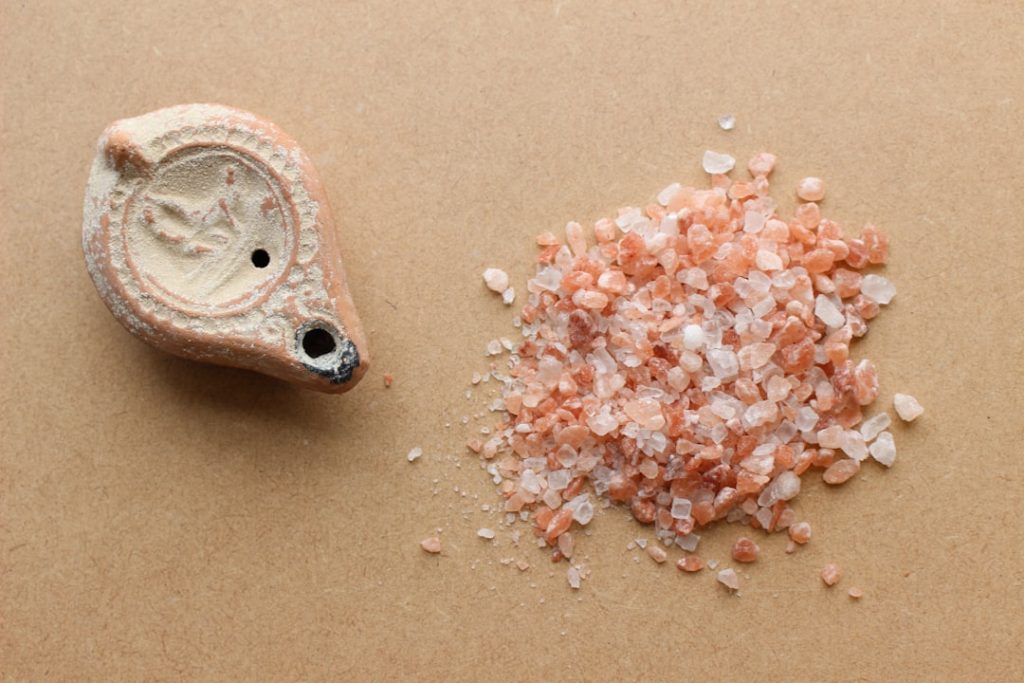Excessive salt intake poses significant health risks that extend beyond mere dietary concerns. Sodium, a primary component of salt, is essential for various bodily functions, including fluid balance, nerve transmission, and muscle contraction. However, the modern diet often contains far more sodium than necessary, primarily due to processed foods and restaurant meals.
The World Health Organization recommends that adults consume less than 2,000 milligrams of sodium per day, yet many individuals exceed this limit, leading to a range of health complications. One of the most alarming dangers of excessive salt consumption is its contribution to chronic health conditions. High sodium intake has been linked to an increased risk of hypertension, heart disease, stroke, and kidney disease.
The body’s natural response to high sodium levels is to retain water, which can lead to increased blood volume and, consequently, elevated blood pressure. Over time, this strain on the cardiovascular system can result in serious health issues, making it crucial for individuals to be aware of their salt consumption and its potential consequences.
Key Takeaways
- Excessive salt intake can lead to serious health risks, including high blood pressure.
- High salt consumption is closely linked to increased risk of cardiovascular diseases.
- Many processed foods contain hidden salt, making it important to identify these sources.
- Reducing salt intake can improve overall health and lower the risk of heart-related conditions.
- Using herbs and spices is an effective way to enhance flavor without adding salt.
The Link Between Salt and High Blood Pressure
The relationship between salt intake and high blood pressure is well-documented in medical literature. Sodium plays a pivotal role in regulating blood pressure; when consumed in excess, it can lead to hypertension, a condition that affects millions worldwide. The mechanism behind this link involves the kidneys, which filter excess sodium from the bloodstream.
When sodium levels are too high, the kidneys struggle to excrete it efficiently, leading to fluid retention and increased blood volume. This heightened volume exerts additional pressure on blood vessel walls, resulting in elevated blood pressure readings. Research has shown that reducing salt intake can significantly lower blood pressure levels in individuals with hypertension.
A landmark study published in the New England Journal of Medicine demonstrated that participants who adhered to a low-sodium diet experienced a notable decrease in systolic and diastolic blood pressure. Furthermore, even individuals with normal blood pressure can benefit from reduced salt intake, as it may help prevent the onset of hypertension later in life. This evidence underscores the importance of monitoring sodium consumption as a proactive measure for maintaining cardiovascular health.
The Role of Salt in Cardiovascular Disease

Cardiovascular disease (CVD) encompasses a range of conditions affecting the heart and blood vessels, including coronary artery disease, heart failure, and arrhythmias. Excessive salt intake is a significant risk factor for developing CVD due to its direct impact on blood pressure and overall heart health. High sodium levels can lead to arterial stiffness and damage to the endothelial lining of blood vessels, which are critical for maintaining healthy circulation.
Over time, these changes can contribute to the development of atherosclerosis—a condition characterized by the buildup of plaque in the arteries. Moreover, the relationship between salt and cardiovascular disease is not limited to hypertension alone. Studies have indicated that high salt consumption may also influence other risk factors for CVD, such as inflammation and insulin resistance.
For instance, a study published in the journal Hypertension found that individuals with high salt diets exhibited increased markers of inflammation, which is known to play a role in the progression of heart disease. This multifaceted connection highlights the need for individuals to be mindful of their salt intake as part of a comprehensive approach to cardiovascular health.
How to Identify Hidden Sources of Salt in Your Diet
| Food Category | Common Hidden Sources | Average Sodium Content (mg per serving) | Tips to Identify/Reduce Salt |
|---|---|---|---|
| Processed Meats | Bacon, Sausages, Deli meats | 500-1200 mg | Check labels for sodium content; choose low-sodium or fresh meats |
| Condiments & Sauces | Soy sauce, Ketchup, Salad dressings | 300-1000 mg | Use reduced-sodium versions; limit quantity used |
| Snack Foods | Chips, Pretzels, Popcorn | 150-400 mg | Opt for unsalted or lightly salted snacks; read nutrition labels |
| Breads & Cereals | White bread, Breakfast cereals | 100-250 mg | Choose whole grain and low-sodium options |
| Canned & Packaged Foods | Canned soups, Vegetables, Ready meals | 400-900 mg | Rinse canned vegetables; select low-sodium or no-salt-added products |
| Cheese & Dairy | Processed cheese, Cottage cheese | 300-700 mg | Choose fresh cheeses with lower sodium; limit portion size |
| Beverages | Vegetable juices, Sports drinks | 100-300 mg | Check labels; prefer water or low-sodium drinks |
Identifying hidden sources of salt in one’s diet is crucial for effectively managing sodium intake. Many people are surprised to learn that a significant portion of their daily sodium comes not from table salt but from processed and packaged foods. Items such as bread, canned soups, sauces, and deli meats often contain high levels of sodium as preservatives or flavor enhancers.
For example, a single serving of canned soup can contain over 800 milligrams of sodium—nearly half of the recommended daily limit—without any added table salt. To uncover these hidden sources, individuals should develop a habit of scrutinizing ingredient lists and nutrition labels on food products. Ingredients such as monosodium glutamate (MSG), sodium bicarbonate, and sodium nitrite are all indicators of added sodium.
Additionally, many condiments like soy sauce and ketchup can contribute significant amounts of sodium to meals. By becoming more aware of these hidden sources and making informed choices, individuals can take control of their salt intake and work towards healthier dietary habits.
Tips for Reducing Salt Intake in Your Daily Meals
Reducing salt intake requires intentional changes in dietary habits and cooking practices. One effective strategy is to prepare meals at home using fresh ingredients rather than relying on pre-packaged or processed foods. Cooking from scratch allows individuals to control the amount of salt added to their dishes while also incorporating a variety of herbs and spices for flavor enhancement.
For instance, using garlic, lemon juice, or fresh herbs like basil and cilantro can elevate the taste of meals without the need for excessive salt. Another practical tip is to gradually reduce the amount of salt used in cooking and at the table. Many people find that their taste buds adapt over time; what initially seems bland may become flavorful with reduced sodium levels.
Additionally, experimenting with alternative seasoning options such as vinegar or citrus zest can provide depth and complexity to dishes without relying on salt. By making these small adjustments consistently, individuals can significantly lower their overall sodium intake while still enjoying delicious meals.
The Benefits of a Low-Salt Diet

Adopting a low-salt diet offers numerous health benefits that extend beyond simply lowering blood pressure. One immediate advantage is improved cardiovascular health; studies have shown that individuals who reduce their sodium intake experience lower rates of heart disease and stroke. Furthermore, a low-salt diet can lead to better kidney function by reducing the workload on these vital organs.
The kidneys play a crucial role in filtering excess sodium from the bloodstream; when sodium levels are consistently high, it can lead to kidney damage over time. In addition to physical health benefits, a low-salt diet can also enhance overall well-being by promoting healthier eating habits. Individuals who focus on reducing their salt intake often find themselves consuming more whole foods—fruits, vegetables, whole grains, and lean proteins—which are naturally lower in sodium and rich in essential nutrients.
This shift towards a more balanced diet can lead to weight loss, improved energy levels, and better digestion. Ultimately, embracing a low-salt lifestyle fosters a holistic approach to health that encompasses both physical and mental well-being.
The Importance of Reading Food Labels for Salt Content
Reading food labels is an essential practice for anyone looking to manage their salt intake effectively. Nutrition labels provide valuable information about the sodium content of packaged foods, allowing consumers to make informed choices about what they eat. It is important to pay attention not only to the total sodium content per serving but also to serving sizes; many people underestimate how quickly sodium can add up when consuming multiple servings or larger portions than recommended.
In addition to total sodium content, consumers should also be aware of terms like “low-sodium,” “reduced-sodium,” or “no added salt.” These labels can be misleading; for example, “low-sodium” products may still contain significant amounts of sodium compared to fresh foods. Understanding these nuances helps individuals navigate grocery store aisles more effectively and select options that align with their dietary goals. By making label reading a routine part of grocery shopping, individuals can take proactive steps toward reducing their overall salt consumption.
How to Flavor Your Food Without Adding Salt
Flavoring food without adding salt is an art that can transform meals while promoting better health outcomes. There are countless ways to enhance the taste of dishes using natural ingredients that do not rely on sodium. Fresh herbs such as parsley, cilantro, dill, and thyme can add vibrant flavors without contributing any salt content.
For instance, a sprinkle of fresh basil over pasta or a handful of cilantro in a salad can elevate the dish significantly. Spices also play a crucial role in flavor enhancement without added sodium. Cumin, paprika, turmeric, and black pepper can impart depth and complexity to meals while providing additional health benefits due to their antioxidant properties.
Citrus juices—such as lemon or lime—can brighten flavors and add acidity that mimics the taste-enhancing effects of salt. Additionally, using vinegar varieties like balsamic or apple cider vinegar can provide tanginess that enhances overall flavor profiles without increasing sodium levels. By exploring these alternatives, individuals can enjoy flavorful meals while adhering to a low-salt diet.




